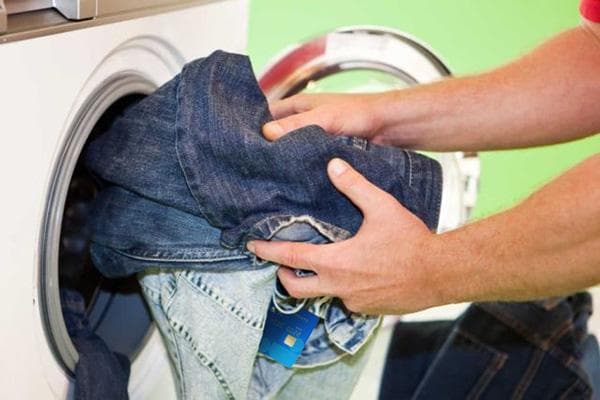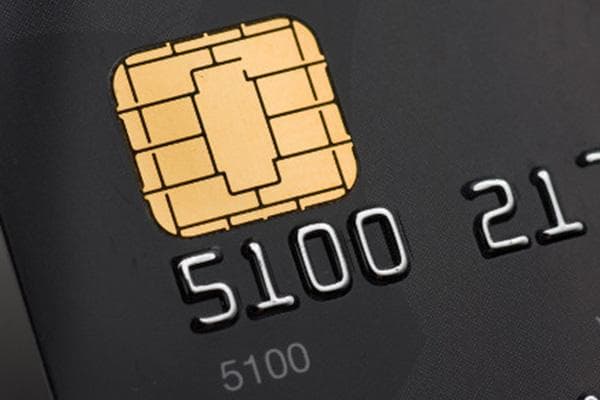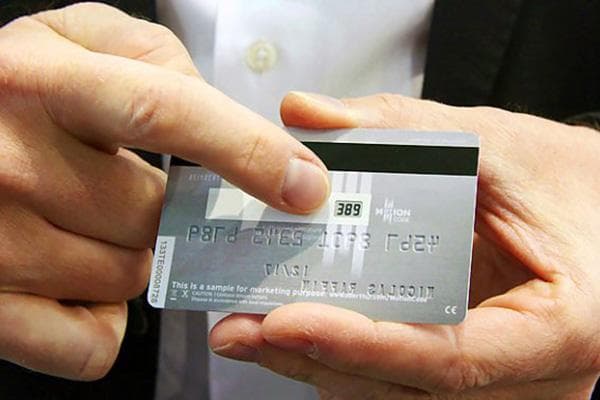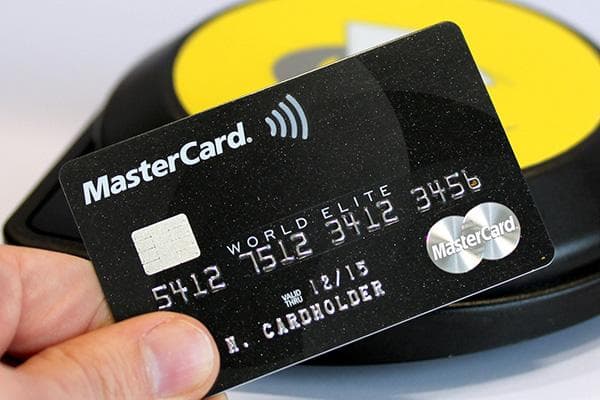This is a fiasco: what happens if you wash a bank card?
Washing a bank card is much easier than it seems - just forget it in your trousers or jacket pocket. Those who, through carelessness, have already made such a mistake are always interested in the future fate of the “plastic” - whether it will be possible to withdraw money from an ATM and pay through the terminal, or whether they will have to order a new credit card. The answer to this question depends on the type of card and the washing method.
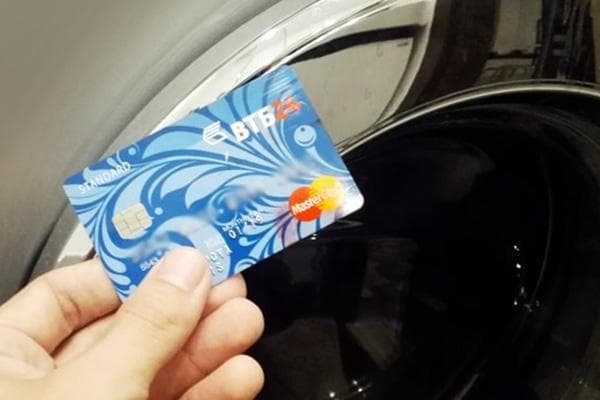
How does washing affect the performance of magnetic tape?
The magnetic stripe - the dark brown or black track located on the back of the card - is not too susceptible to moisture. The fact is that on top it is covered with a special film that protects the surface from raindrops, snowflakes, wet hands and other factors associated with the ingress of water. However, the thickness of this film and its strength in most cases leave much to be desired. A lot of scratches appear on it if the owner often uses the card to pay for services through terminals or is not thrifty:
- carries a credit card in his pocket along with keys and coins;
- has a habit of turning it over in his hands;
- uses bank plastic for other purposes.
It is scratches that make magnetic tape vulnerable: water molecules easily penetrate through them and cause destruction. With prolonged contact with moisture, mold invisible to the eye appears inside; after this, the card becomes unusable, since no device can read information from it.
However, water is not the only and not the biggest enemy of bank cards. If we are talking about washing, then you should pay attention to the temperature of the water in the basin or machine.
- If the mode used heats up to 30–40 °C, then there is nothing to worry about - under the influence of such heat, the card is in natural conditions in the summer.
- But 60–90°C can cause the magnetic tape to fail.
Another danger that awaits the card during washing is spinning. Rollers or a centrifuge that rotates at high speed can not only disrupt the integrity of the magnetic tape, but also break the credit card itself.
The conclusion from all that has been said is this: if you washed a new card at a low temperature and managed to take it out before the automatic spin cycle worked, then most likely it will remain in working condition. But fairly worn “plastic” that has survived washing at 90°C is highly likely to be inoperative.
The effect of water and washing powder on the built-in chip
A chip is a technically complex device, so it becomes unusable much faster than magnetic tape.
Firstly, it is made of metal that is susceptible to corrosion, so when exposed to water mixed with washing powder, its contacts oxidize and cease to perform their functions. It’s even worse if chemical bleaches or stain removers were used: they are much more aggressive than ordinary powders and gels.
And secondly, the chip is very fragile - when force is applied to the “paws”, the microcircuits break, after which it will no longer be possible to use the card in ATMs and terminals. The most dangerous thing for cards with a chip is spinning - even with a low number of revolutions, credit cards fail.
Other risks
Each bank card contains additional information:
- Owner's full name;
- card number;
- month and year in which the validity period ends;
- CVV or CVC three-digit code.
In most cases, this data (except for three-digit codes) is embossed and additionally printed with metallized paint. However, on some credit cards the embossing is not too deep, and the dye is easily washed out. For example, if you wash an old Mastercard card from Sberbank in a washing machine, it will be extremely difficult to read what is written on it. As for the three-digit code, it is most often applied to a paper base, which quickly gets wet, and the ink immediately disappears under the influence of detergents.
The absence of text data on the front side may result in the bank teller refusing service. And if the owner does not remember the CVV/CVC code, then he will not even be able to make an online transfer of money from the affected card to any other, so that later he can use it in the usual way.
We revive a bank card after washing
A card that has survived the wash should not be thrown away immediately - it is likely that it will still work. And to increase her chances of “survival”, you should follow these steps:
- Regardless of which credit card you washed - with or without a chip - immediately after removing it from the washing machine or from a basin of water, you need to remove from it any remaining powder, gel and carbonates that are contained in tap water. To do this, the “plastic” is immersed in a glass with alcohol or pure vodka for a few seconds. Among other things, alcohol also evaporates quickly, so it can protect the microchip from oxidation.If there is neither vodka nor alcohol, you can rinse the card with distilled or drinking bottled water.
- Then the credit card is blotted with paper towels and left to dry in the air away from heating devices. Placing it on something hot or trying to remove residual moisture with a hair dryer is prohibited.
After about a day, you can check the functionality of the card by using it at a terminal or ATM. If the device cannot read information from the magnetic tape and chip, you will have to write a statement and wait until the bank reissues the card.
To avoid unpleasant situations associated with getting your bank cards wet, always check the pockets of jackets, jackets, shirts and trousers before washing. And if the credit card does end up in the machine drum, try to remove it from there as quickly as possible.
